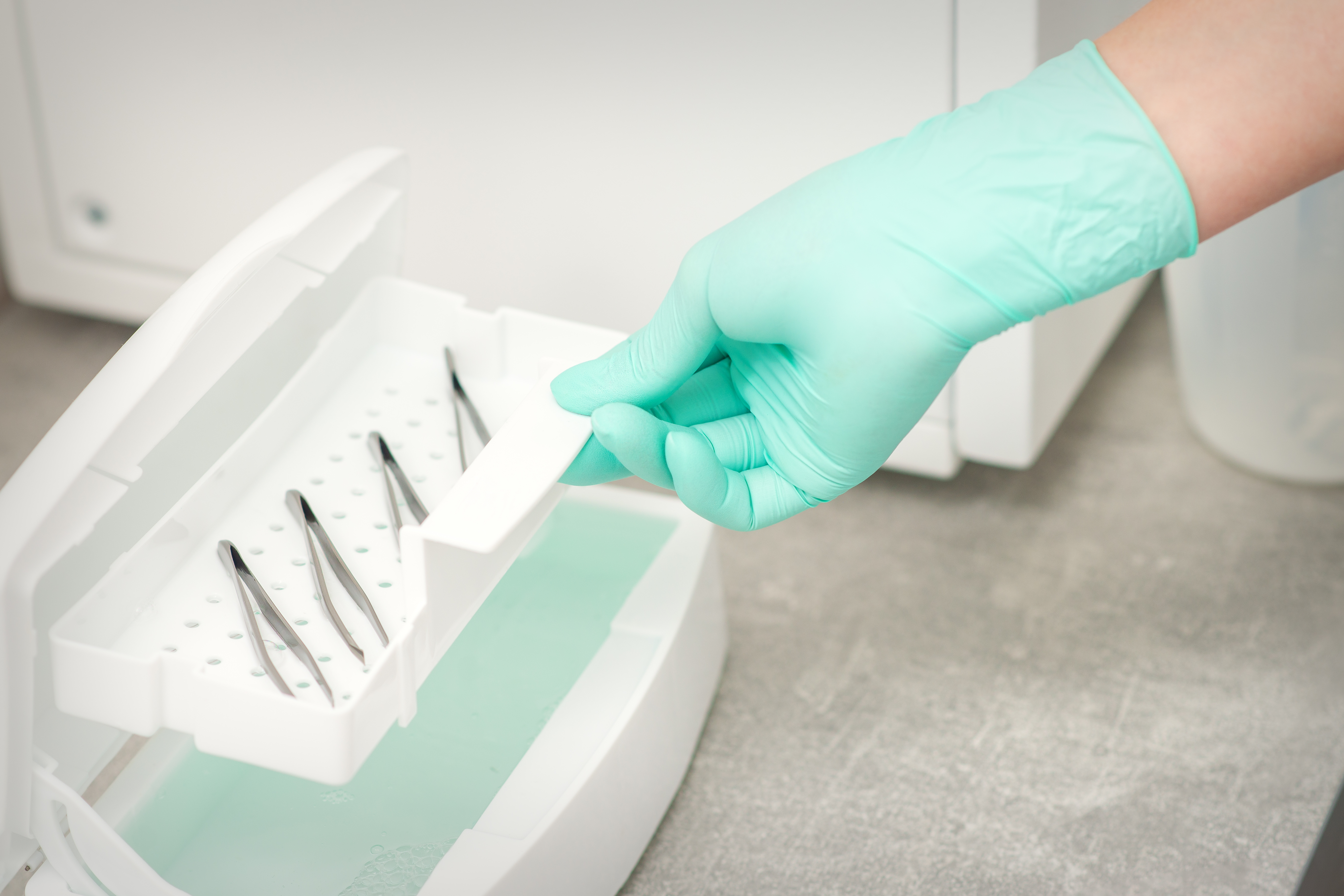Counteracting Cross Infections In Dentistry
Dental clinics can become a gateway for spreading infections if cleaning and disinfection measures are not followed carefully. However, experts always suggest infection control measures at different levels from basic cleaning to high-end sterilization for dental clinics.
Cleaning, Disinfection & Sterilization In Dental Clinics
The most effective way for infection control is to sterilize, but some items are heat-sensitive, also, sterilization does not apply to surfaces, so disinfection becomes handier in this situation. Talking about basic cleaning, it is always the first step before both disinfection and sterilization.
Dental clinics cannot skip any of these three infection control measures; the key is to understand which safety measure is appropriate at what time. Here are some examples:
Items
Many items are used in dental settings, from surgical instruments to scaling instruments, but what determines whether they must be disinfected, sterilized, or simply cleaned?
The answer depends on the item’s intended use, the type of material that it is made of, as well as many other factors. According to IDA, items in dental settings can be classified and disinfected in the following manner:
- Critical Items
A critical item is an instrument or item that penetrates the oral soft tissue or bone. Under this category are surgical and scaling instruments, forceps, periodontal knives, and burs, all of which require sterilization.
- Semi-critical Items
There is a moderate risk of infection spreading from these items, so both sterilization and disinfection are recommended depending on the item in use.
Dental handpieces, mirrors, and amalgam condensers are among the items in the first subcategory which are heat-tolerant and can be easily sterilized.
In the second subcategory, we have impression trays, amalgam carriers, and plastic instruments that are not heat-tolerant and subject to corrosion, which is why disinfection is recommended for them.
- Non-critical items
Under this category are items that are close to the patient but not at high risk of spreading infection. These items include blood pressure cuffs, pulse oximeters, radiograph heads, and face bows. These items should be cleaned and disinfected regularly.
Surface
Surfaces constitute the majority of the environmental disinfection of dental clinics. There are two parts to surface cleaning as follow:
- Clinical Contact
Clinical contact surfaces are very close to the patient, dentist, and dental equipment. Things like reusable containers, and high touchpoints doorknobs, drawers, and lights, come under this category.
For infection prevention, dental clinic sanitization and disinfection are vital. A safe and effective disinfection liquid that is suitable for both dental equipment and hands is the most preferable option.
- Non-clinical Contact
Surfaces other than those in clinical areas include housekeeping surfaces such as floors in the dental lab and operatory, patient waiting rooms, and reception areas.
Such surfaces are usually best cleaned with basic environmental surface cleaning methods. In consideration of the importance of dental clinical disinfection, a disinfectant should be used after cleaning a tooth.
Agent
In dental clinics, it is very important to consider the product or agent that is being used for sterilization, cleaning, and disinfection.
Various methods of sterilization can be used, such as autoclave machines, dry heat, chemical vapors, etc. Peracetic acid, glutaraldehyde, and hydrogen peroxide are powerful, but highly toxic chemical sterilants.
Choosing the best disinfectant for a dental office is essential for environmental cleaning and disinfection. When it comes to patient safety in hospitals, alcohol-free disinfectant is a great option, since alcohol-based sanitizers have many health risks.
Additionally, a multipurpose product would be useful since it would serve both purposes, such as routine environmental cleaning and disinfection.
One Agent For Multiple Checkpoints
There are multiple disinfection checkpoints during dental practice, ranging from instrumental soaks and ultrasonic baths to post-surgery mouth rinse.
Buying different disinfectants is not cost-effective while buying one for all purposes is risky. In this regard, HOCl comes into play, as it is safe for use at every checkpoint, from ultrasonic bath liquid to mouth rinse and it is cost-effective too.
Smile Confidently, Live Healthily!
Working in a dental clinic requires ensuring that the premise is safe for the staff and patients. If you are a visitor, make sure that you go to a safe clinic since a dental clinic allows you to smile 😁 confidently, and a safe environment allows you to live healthily 💪.
– Pankaj Rai
- Environmental Disinfection Of a Dental Clinic -NCBI – https://www.ncbi.nlm.nih.gov/pmc/articles/PMC7596431/
- Sterilization and Disinfection – IDA – https://www.ida.org.in/Membership/Details/SterilizationandDisinfection
